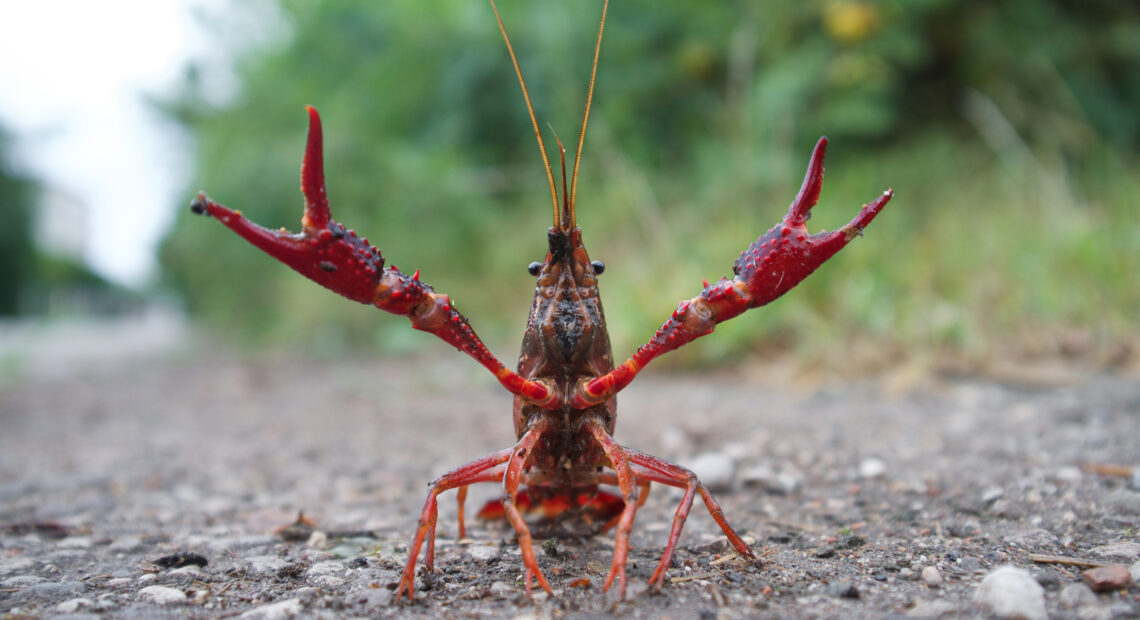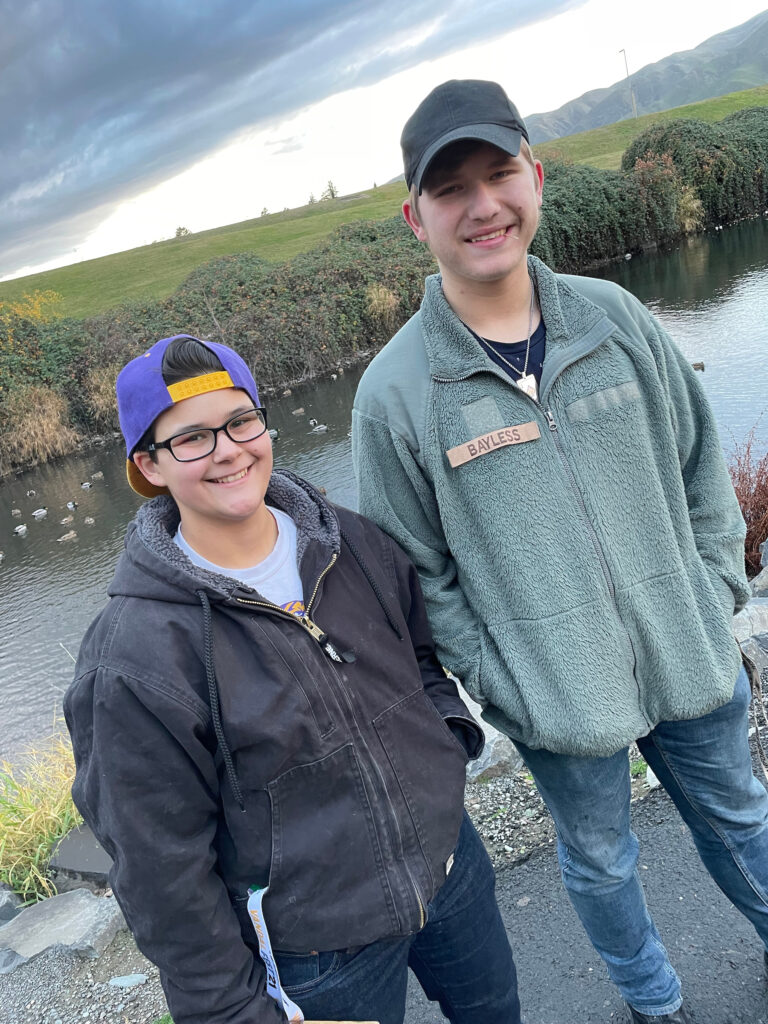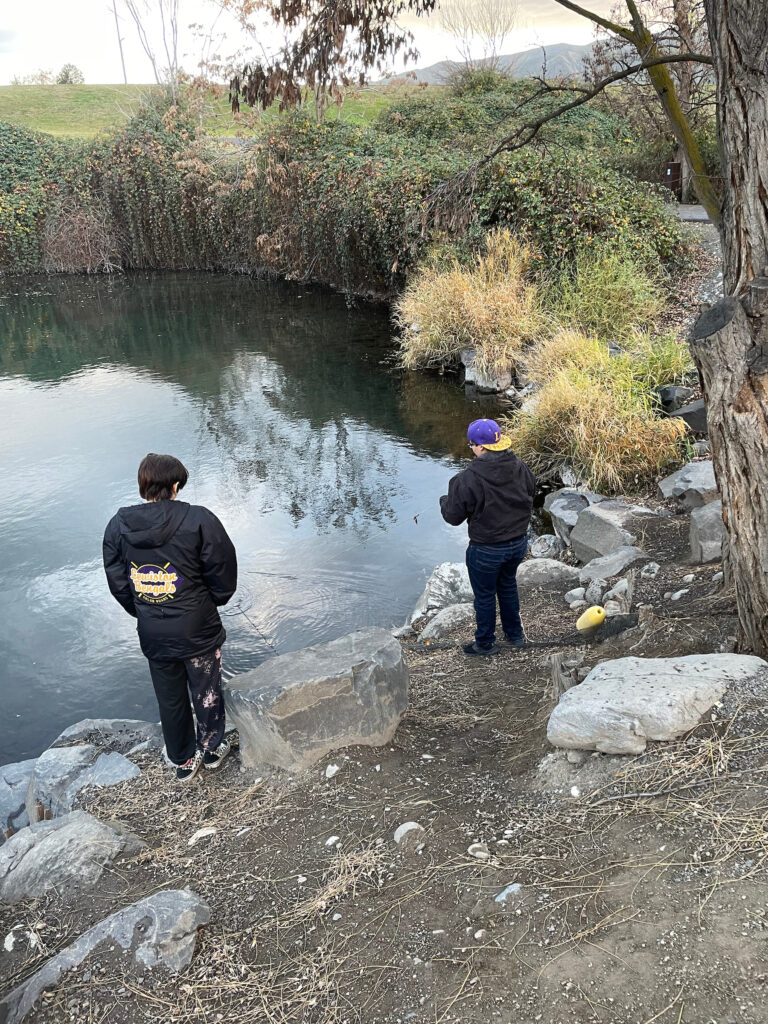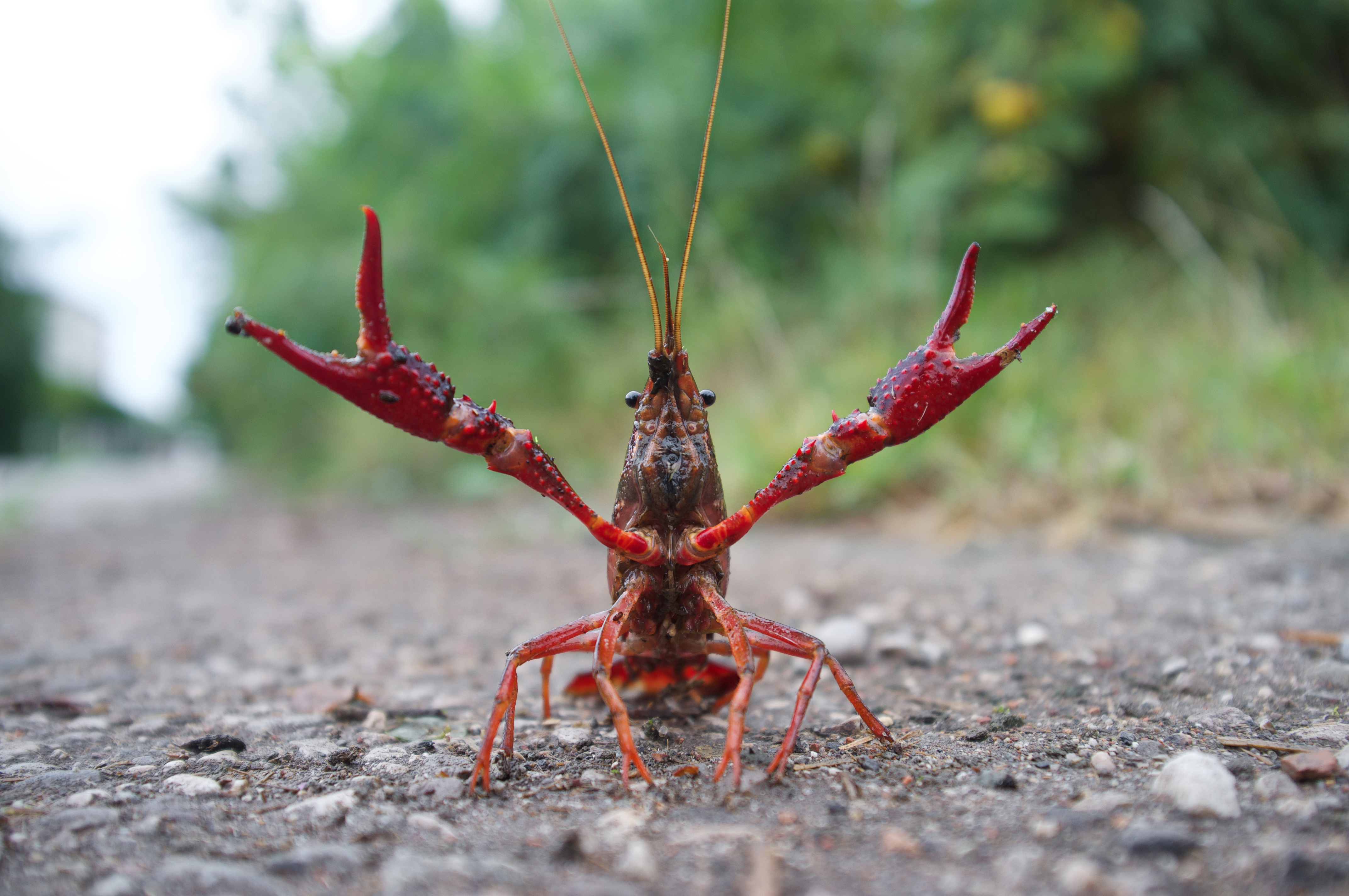
High school students discover invasive crayfish in Idaho
Listen
(Runtime 00:59)
Read
Lewiston High School teacher Jamie Morton said she always looks for ways to make her lessons more hands-on for students.
For four years, her students have joined the University of Idaho Extension’s Master Water Stewards program, IDAH2O, to learn how to monitor water quality in nearby lakes and rivers and study the critters below the water’s surface.
“Providing students with those varied experiences as much as possible is really a good thing for everybody,” said Morton. “Sometimes, you get unexpected results that are kind of neat.”
One of those unexpected surprises happened last fall.
Morton and her class were trapping crayfish in the confluence of the Snake and Clearwater rivers. In October, some of her students suggested leaving a trap in a pond at a local park. The next day, they retrieved the traps and brought back everything to the classroom to start identifying and logging the species they’d found.
“We’re going through the process of data collection when we realized that one of the crayfish didn’t look the same as the others,” she said.
The most common crayfish found in the area is the signal crayfish. The local prawns found in area rivers are most often a gray or muted brown color. This crayfish was red.
After sending out the photo to scientists who consult with the crayfish program, Morton said she found herself in a long email chain with people from the state of Idaho and officials involved with invasive species at the federal level.
“And the one thing that we didn’t know was, ‘Is this one specimen an anomaly?’ And the only way to know that is to keep catching them,” Morton said.
Two of her students at the time, Elizabeth Connerley and Robert Bayless, were especially captivated by the unusual crayfish, Morton said.

Beth Connerly, left, and Robby Bayless, right, were instrumental in repeated trapping efforts to establish that there was indeed a population of the red swamp crayfish and not just one fluke specimen recovered. (Courtesy: Jamie Morton)
“They kept going back. I said,’ Well, here, take some traps. You know, trap all you want.’ They would go after school and set traps, check traps and collect that data,” Morton said.
After two weeks of trapping, the students were able to find six more of the bright red invasive crustaceans.
They sent tissue samples to a lab at Illinois University, and scientists found a match. The arthropod trapped by Morton’s class is the first official red swamp crayfish found in Idaho waters.
With its rouge coloring and bumpy claws, the red swamp crayfish ranges from Florida’s Gulf Coast to Mexico, or from the lower Midwest around the Mississippi River.
BioInvasions Records published a scientific paper about the crayfish this spring. The editors credited Morton and her two students, Connerley and Bayless, as authors. The paper also will appear in the journal’s quarterly publication in June.
Jim Ekins is an U of I Extension educator who trains students on stream health data collection and on how to identify and report crayfish in the Pacific Northwest.
One of the best things about the students finding the invasive species is the early detection, Ekins said.
“They were able to figure this out and get word out to the management agency quickly, so they were able to develop a management plan,” Ekins said.

Two students set traps after school, including Beth Connerly, right, one of the paper’s authors. (Credit: Jamie Morton)
The Army Corps of Engineers is trapping more of the crayfish in the Lewiston Levee ponds to find out how best to remove the invasive crustaceans. The Corp is sharing its data with Idaho Fish and Game.
“Non-native crayfish compete for food and other resources that our native species depend on,” said Jen Bruns, a communications manager for Idaho Fish and Game.
Now, agencies can monitor and hopefully remove or reduce the population of red swamp crayfish.
“These students were observant enough to identify these crayfish, which has made a difference in raising awareness and educating the region on invasive species,” Bruns said.
As a teacher, Morton said it’s sometimes hard to know what will capture students’ interest. Discovering an invasive species in their home state is likely to stick with these students for a lifetime, she said.
“That’s the stuff that makes it worth it, when they’re engaged, when they’re able to make a difference and notice things in their world,” Morton said. “They have some ownership and experiences they’re going to remember. Really, that’s what makes teaching good.”
















